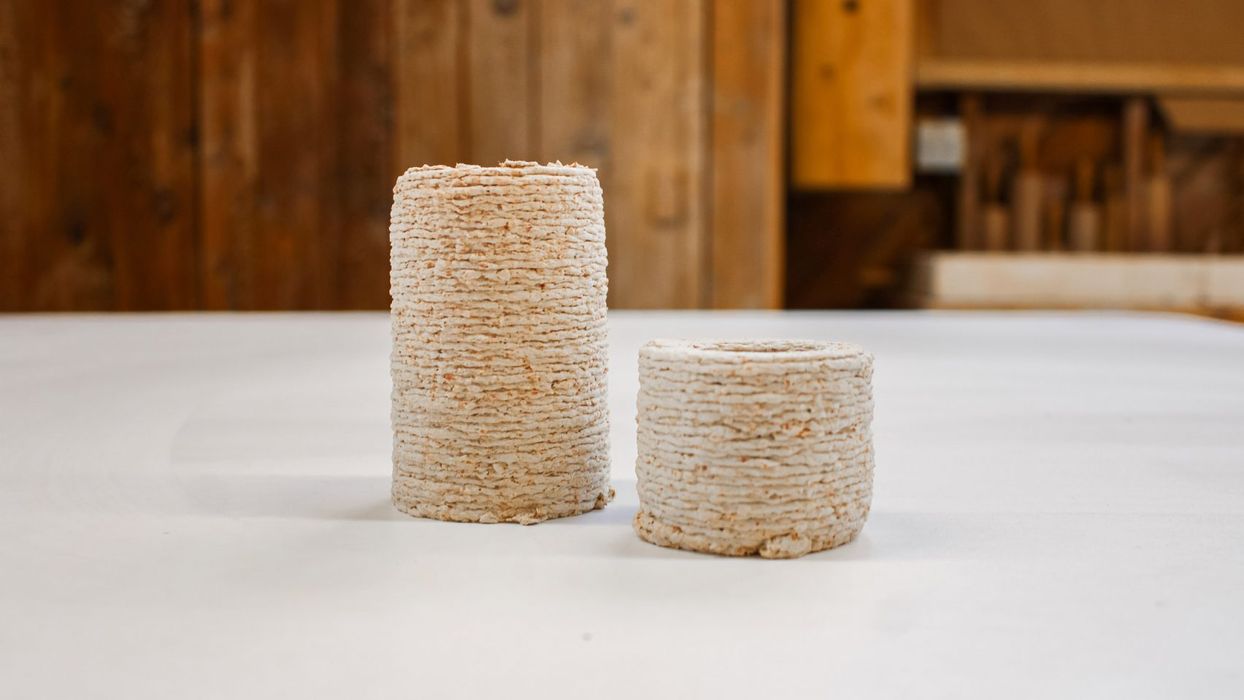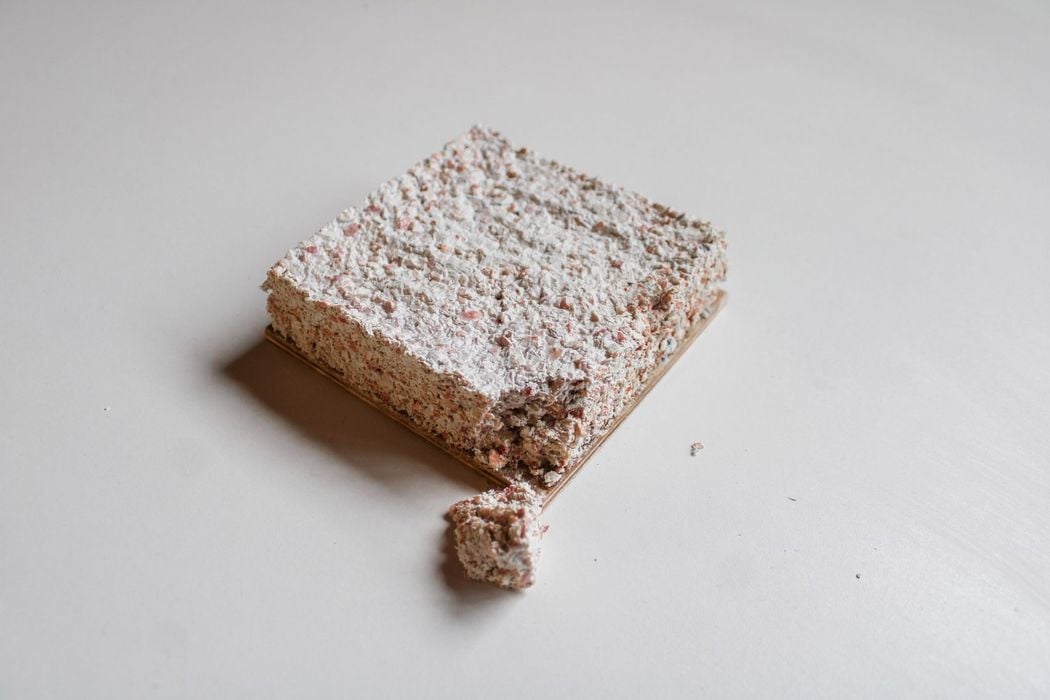
Lobster shells are the latest biomaterial made into 3D printing consumables.
MANUFACTURA, a design studio based in Mexico, made headlines last year for its innovative 3D printing bio-ceramic material made from eggshells. Now, the company is developing yet another sustainable 3D printing consumable, this time made from the discarded shells of lobster.
Working in collaboration with New York group bioMATTERS, which specializes in 3D printed biomaterials, MANUFACTURA has successfully transformed lobster shells into an experimental ceramic-like 3D printing material. Fittingly, the research project was carried out at the Haystack Mountain School of Crafts in Maine, the United States’ largest lobster producing state.
Lobster shells, or more precisely lobster exoskeletons, are made from chitin, a polysaccharide composed of carbohydrate molecules. This natural material, which is also found in the shells of crabs and other arthropods, is a tough substance that offers durability, antibacterial properties and biodegradability.
Inspired by these properties, as well as the high volume of lobster shells generated by industrial food processing, the two design studios figured there must be a way to put the seafood byproduct to use.
The resulting material is a composite slurry made of finely crushed American lobster shells (derived from Maine-based manufacturer Greenhead Lobster), local ceramics and binding agents. The addition of ceramics, like porcelain, add to the material’s strength and facilitate the sintering process.

In the material’s current iteration, it reportedly takes about 15 lobster shells to create two kilos of 3D printing slurry. With over a hundred million pounds of lobster caught every year in Maine, that could make for a highly scalable and renewable material source.
While the strength and other properties of the material are still being assessed, the partners believe that the composite biomaterial could be used in design applications to replace more traditional ceramics, as well as construction applications.
“Our ultimate motivation is to develop blocks and finishes for building construction, leveraging the unique properties of the lobster shell composite to create sustainable and innovative building materials,” the collaborative team explained.
Read the rest of this story at VoxelMatters
